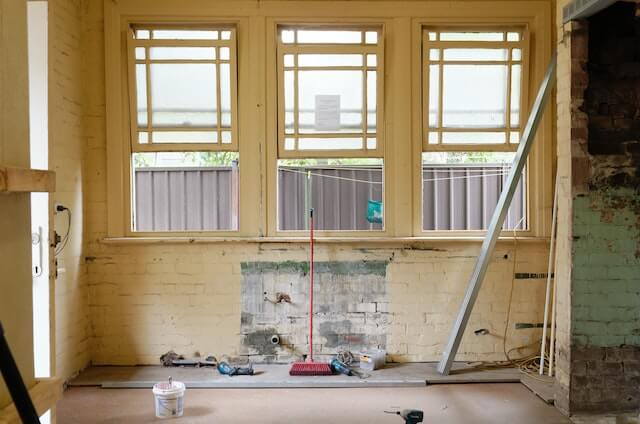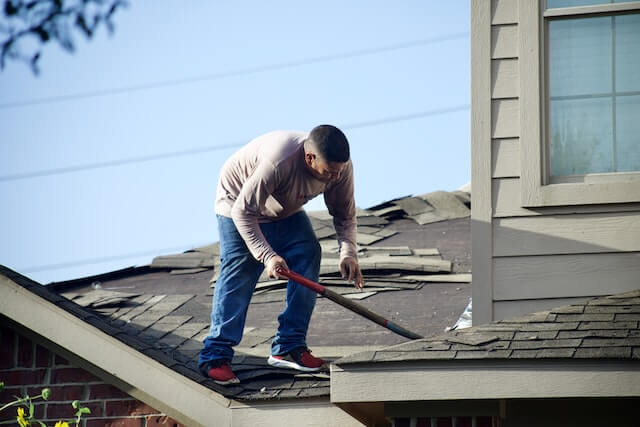As a landlord, you are responsible for ensuring that you maintain your property and keep it in good condition. However, accidents happen, and tenants may unintentionally cause damage to the property during their tenancy.
In such cases, you may wonder how much you can charge for damages, without violating any housing laws in the United States. Here’s a quick guide on the maximum amount that landlords can charge for property damage, how to document the condition of a rental, the difference between property damage and normal wear and tear, how to determine damage costs, and how to inform tenants of property damage.

The Maximum Landlords Can Charge for Damage
The maximum amount that landlords can charge for property damage varies from state to state. In most states, landlords can deduct the cost of repairs from the tenant’s security deposit. You can typically deduct from the security deposit either the actual cost of repairs or a reasonable estimate of the cost of repairs.
However, some states restrict the amount you can deduct from the security deposit. Landlords in California can deduct up to the cost of repairs for damages beyond normal wear and tear. However, landlords cannot deduct for the replacement of items that are considered “depreciated.”
Without a security deposit, landlords may still be able to charge property damage-related fees to tenants.
How to Document the Condition of a Rental
Before a tenant moves in, landlords should conduct a thorough inspection of the rental property and document the condition of each item. Landlords should take photos or videos of each room, note any damage, and make a list of all the items that are included in the rental. This documentation will serve as evidence in case there is any dispute over the condition of the rental property during the tenancy.
It’s best to go over the checklist again shortly before the tenant vacates. You can find the places that need fixing by comparing your findings from the initial examination to the current situation.
Comparing Property Damage with Normal Wear and Tear
It’s important to distinguish between property damage and normal wear and tear. Normal wear and tear refer to the natural deterioration of items due to everyday use. Landlords have the responsibility to repair or replace items that suffer damage due to normal wear and tear.
On the other hand, property damage refers to damage caused by the tenant’s negligence or intentional actions. Landlords can charge tenants for the cost of repairing or replacing items that are damaged due to property damage.
Normal wear and tear include faded paint, worn carpets, and minor scuffs on walls. Property damage include holes in walls, broken windows, and stained carpets.
If a tenant accidentally spills a drink on a carpet and causes a small stain, that would be considered normal wear and tear. However, if the tenant throws a party and damages the carpet beyond repair, the resulting damage would be considered as property damage.

Determining Damage Costs
When determining the cost of damages, landlords should consider the following factors:
- Age of the item: If an item is old and has already been used for its expected lifespan, the landlord cannot charge the tenant for the full replacement cost.
- Original cost: Landlords should consider the original cost of the item and its current value.
- Repair or Replace: Landlords should determine whether to repair or replace the item.
- Time and skills required: If the repair or replacement requires specialized skills or takes a significant amount of time, the cost may be higher.
Presenting the Damage and Costs to the Tenant
When presenting the damage and costs to the tenant, landlords should provide a detailed list of the damages, the estimated cost of repairs, and any receipts or invoices for repairs.
It’s important to be transparent and provide evidence to support the cost of repairs. Landlords should be prepared to negotiate and come to a fair agreement if the tenant disputes the cost.

How to Inform Tenants of Property Damage
Landlords need to inform tenants of any property damage as soon as possible. You can do this in the following ways:
Before Moving In
Before a tenant moves in, landlords should provide a copy of the move-in inspection report and highlight any existing damages. This will prevent any disputes over pre-existing damage when the tenant moves out.
Provide all relevant details in your leasing agreement to completely cover your bases. It is important to let the tenant know what is expected of them while they are in the property. This can help to lessen the possibility of surprises. Check the regulations and rules in your area. Include provisions on security deposits, walk-throughs of the rental property, what constitutes regular wear and tear versus property damage, and upkeep that the tenant is liable for.
During Tenancy
If a tenant causes property damage during their tenancy, landlords should inform the tenant in writing as soon as possible. The landlord should provide a detailed list of damages and the estimated cost of repairs.
Make sure you are performing any ongoing maintenance that you have agreed to be in charge of during their tenancy. Ignoring repair requests may make it more difficult to bill the tenant for the damage.You might be able to determine if it’s a case of normal wear and tear or property damage as you respond to these requests.
While Moving Out
During the move-out inspection, landlords should inspect the rental property and compare it to the move-in inspection report. If there are any damages, landlords should inform the tenant in writing and provide an estimate of the cost of repairs.
As a landlord or rental agent, it’s important to know the maximum amount that landlords can charge for property damage and how to document the condition of a rental. It’s also important to distinguish between property damage and normal wear and tear and to determine the cost of damages fairly.
Of course, you can also minimize the risks of property damage from the get-go. You can do that by finding responsible tenants. When you publish a listing on Padleads, you have to carefully screen the tenant applicants. Make sure they are capable of using the property responsibly. It may not guarantee zero property damage, but there’s nothing wrong with trying to minimize the risks.